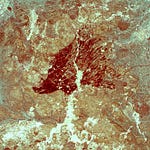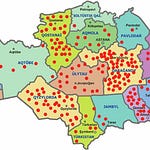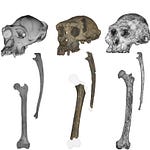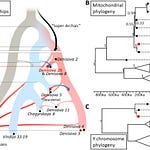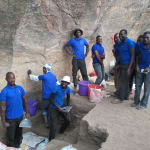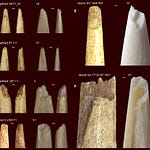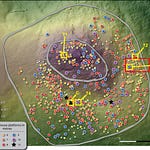When archaeologists first uncovered a child’s skeleton in Skhūl Cave on the slopes of Mount Carmel in the 1930s, it was hailed as a milestone in human evolution. But few imagined that decades later, with the help of micro-CT scans and 3D modeling, this fragile fossil would rewrite part of our species’ history.
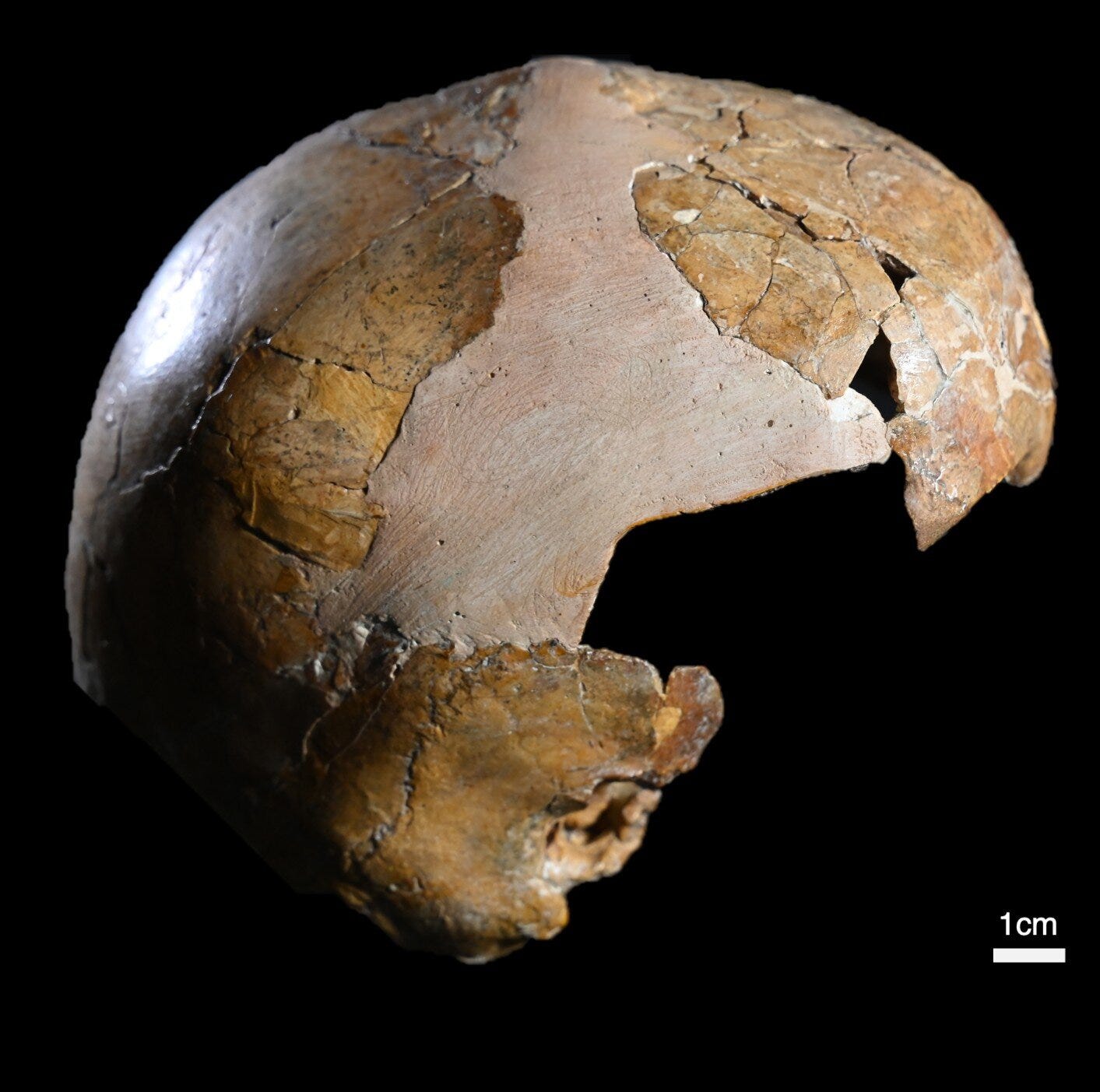
A new analysis published in L’Anthropologie1 suggests that the Skhūl child—just five years old when death came—was neither entirely Homo sapiens nor fully Neanderthal. Instead, the small body carried anatomical signatures of both lineages, pointing to an intimate connection that took place far earlier than anyone expected.



